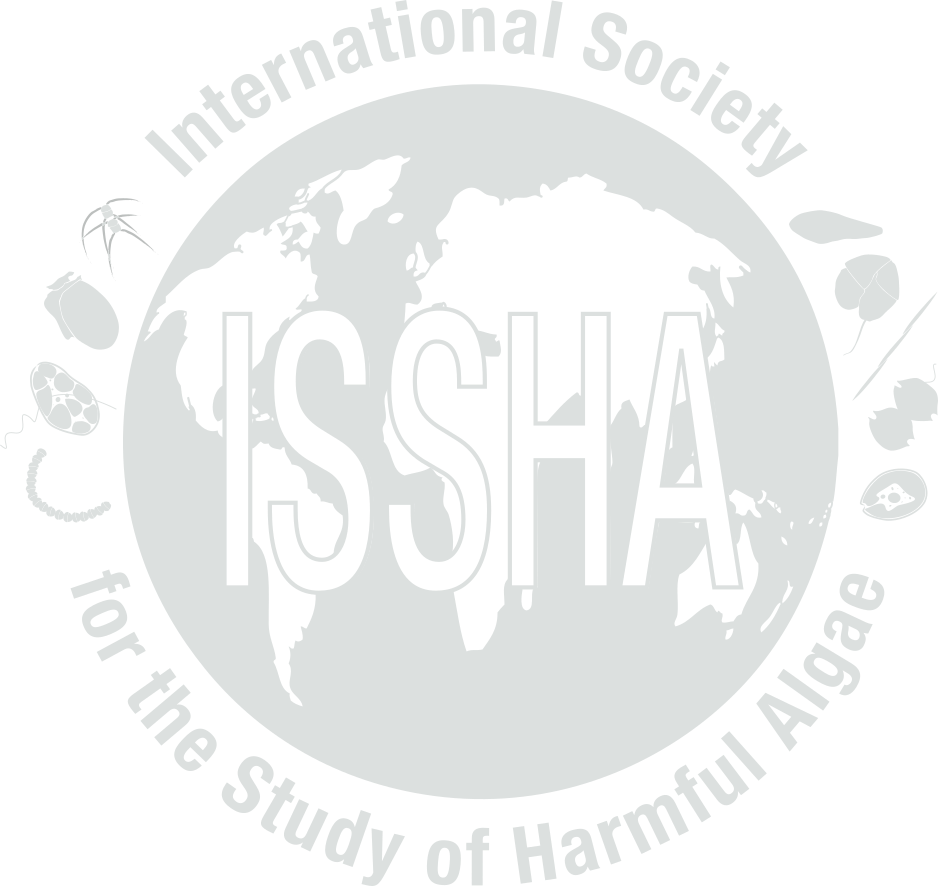


| Event name: | ES-93-001 | |
| Country: | SPAIN | |
|
Nature of the harmful event: |
Seafood toxins | |
|
Event directly affected: |
||
| Toxicity detected: | Yes (Approximate range: DSP positive) | |
| Associated syndrome: | DSP | |
| Unexplained toxicity: | No | |
| Species implicated in toxin transmission (transvector): | ||
| Report the outcome of a monitoring programme: | Yes (Monitoring programme of the Centro de Control do Medio Mariño.) | |
| Event occurred before in this location: | Yes (It has been very frequently recorded since the phytoplankton monitoring programme started.) | |
| Individuals to contact: | MANEIRO, Juan , MARIÑO, Joaquin , PAZOS, Yolanda | |
| Location: | Latitude: , Longitude: | |
| General location information: |
Rías of Vigo, Pontevedra, Arousa and Muros., Galicia, NW Spain. HAB Area code(s): ES-07 ES-08 |
|
| Additional location information: | ||
| Bloom event dates (yyyy/mm/dd): | ||
| Quarantine levels dates (yyyy/mm/dd): | ||
| Additional date-related information: | 1993. All the year. | |
| Causative organism known: | Yes | |
| Causative Species/Genus: |
Dinophysis acuminata
(3,920 cells/L)
in the mouth of Arosa in mid-May. Dinophysis acuminata (>2,000 cells/L) in Pontevedra, Arousa and Muros in mid-May. Dinophysis acuminata (5,120 cells/L) in the mouth of Vigo in mid-August. Dinophysis acuminata (10,640 cells/L) in the inner part of Pontevedra. Dinophysis acuminata (>2,000 cells/L) Vigo and mouths of Arosa and Muros mid-Sep. |
|
| Co-Ocurring Species/Genus: | ||
| Chlorophyll concentration, if known: | µg/l | |
| Additional bloom information: | ||
| Event-related bibliography: | ||
|
||||||||||||||||||||||||||
| Nutrient information: | ||||||||||||||||||||||||||
| Temperature Range During Event: | Max: °C, Min: °C | |||||||||||||||||||||||||
| Salinity Range During Event: | ||||||||||||||||||||||||||
| Bloom location in the water column: | ||||||||||||||||||||||||||
| Growth: |
In situ |
|||||||||||||||||||||||||
| Growth Comments | The increases of D. acuminata populations in the Rías were not associated with shelf waters. Probably they represent in situ growth. | |||||||||||||||||||||||||
| Additional Environmental information: | D. acuminata did not show any salinity or temperature preferences while occuring within the whole range of salinity and temperature values for the region. | |||||||||||||||||||||||||
|
|||||||
| Kit used: No | Type of kit used: | ||||||
| Additional information: | DSP bivalve toxicity | ||||||
| Economic losses: | |||||||
| Management decision: | Harvesting was closed when DSP toxin was detected. | ||||||
| Additional harmful effect information: | |||||||
